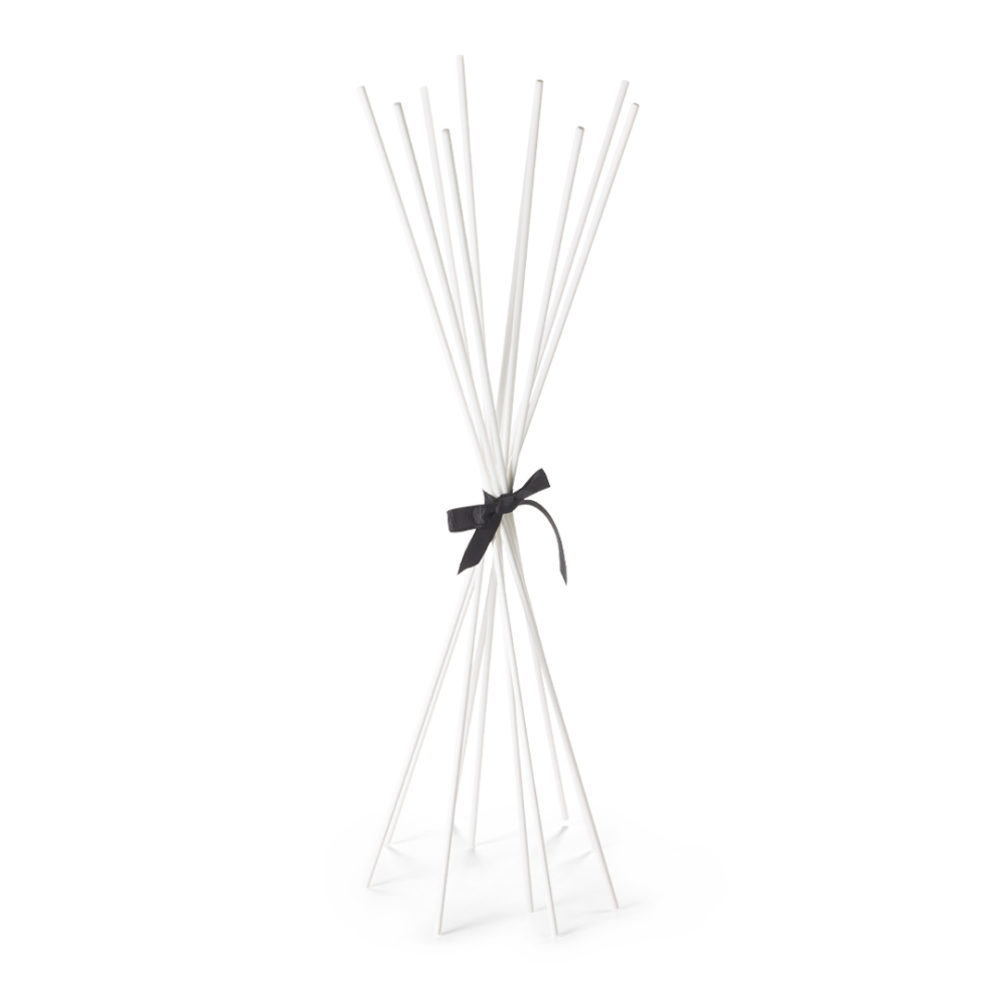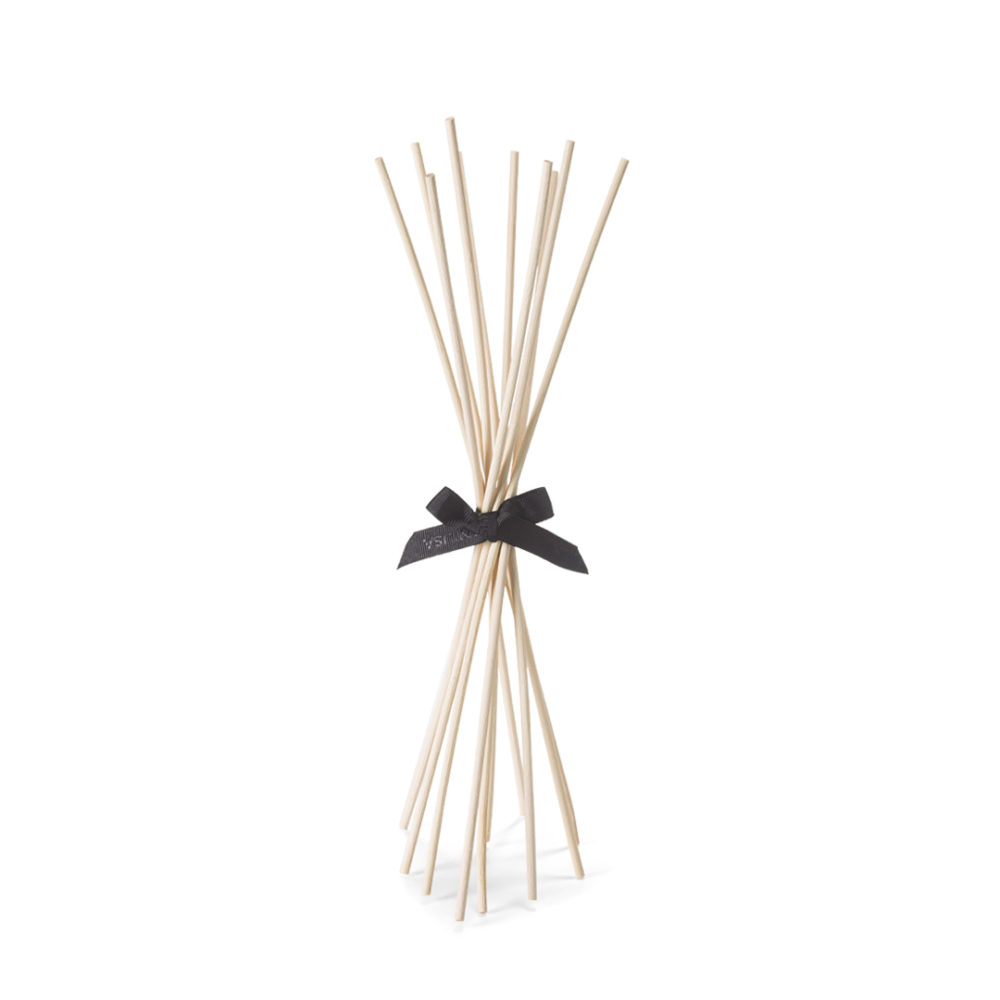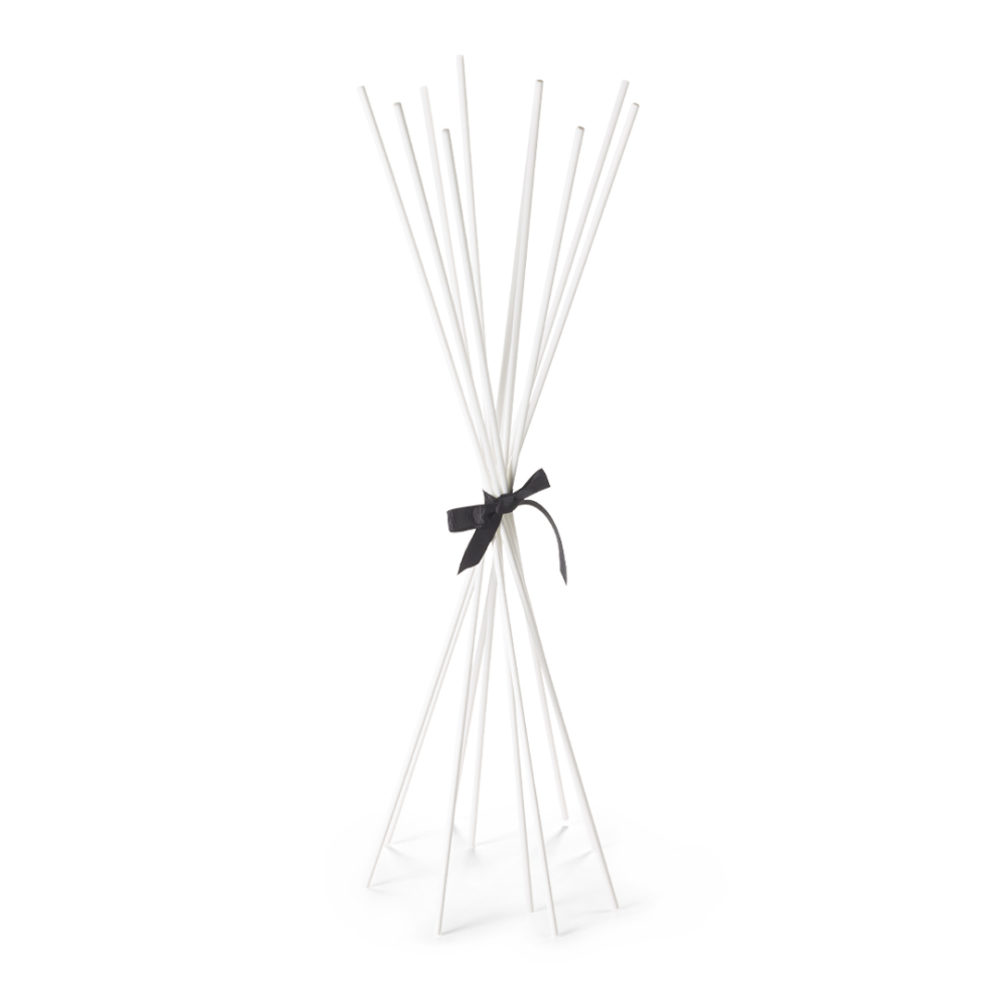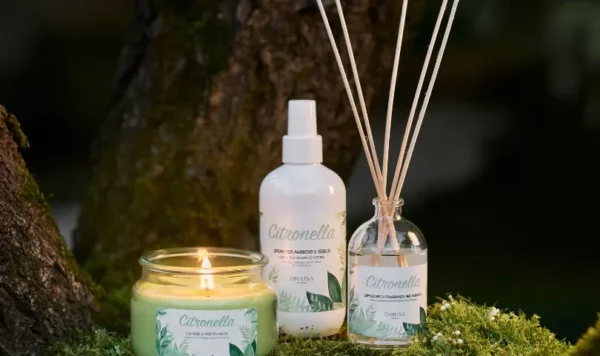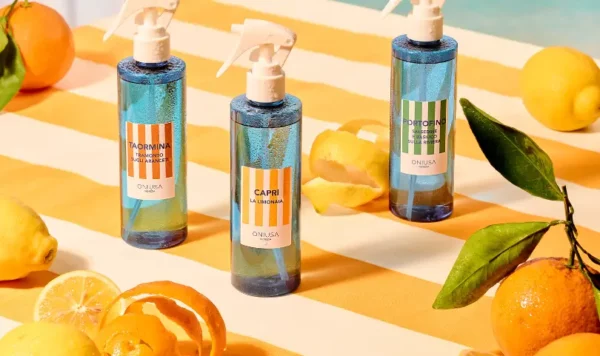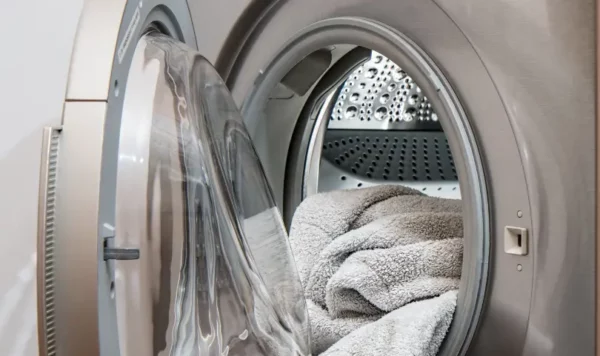Reed diffusers are an elegant and discreet solution to keep any space consistently and pleasantly scented. In recent years, their popularity has significantly increased due to their ability to combine aesthetics and functionality. However, a recurring question among users concerns the actual lifespan of the sticks: how long do they last before needing replacement? And what factors influence their longevity?
In this article, we will thoroughly explore all aspects related to the lifespan of reed diffuser sticks. We will analyze the variables that can accelerate or slow down the evaporation process of the fragrance, offer practical tips to extend their effectiveness, and determine when it’s the right time to replace them.
What Is a Reed Diffuser?
Before discussing longevity, it’s important to understand how a reed diffuser works. It consists of a bottle containing a scented solution made from essential oils or synthetic fragrances. The sticks, usually made of rattan wood, are immersed in this liquid and, thanks to their porous structure, absorb the fragrance and gradually release it into the air.
Rattan wood is particularly suitable for this function because it contains small internal capillaries that allow the liquid to rise through capillary action and diffuse evenly into the air. The quality of the sticks is fundamental for ensuring effective and long-lasting fragrance diffusion.
The Average Lifespan of Reed Diffuser Sticks
The lifespan of reed diffuser sticks can vary significantly depending on several factors, but generally, a set of sticks immersed in a quality fragrance can last from 3 to 6 weeks. However, it’s important to distinguish between the lifespan of the scented liquid and the actual durability of the sticks themselves.
The sticks do not deplete completely like a candle or an electric diffuser would. Over time, their internal channels can become clogged or saturated, reducing their ability to diffuse fragrance effectively. When the sticks can no longer absorb and release the aroma efficiently, it’s time to replace them—even if there is still scented liquid in the bottle.
Factors That Affect the Lifespan of Diffuser Sticks
Several elements can influence the lifespan and effectiveness of diffuser sticks. Understanding these factors is key to maximizing the use of your diffuser and keeping your space pleasantly scented for longer.
One of the main factors is ambient humidity. In very dry environments, the sticks will absorb and release the fragrance more quickly, reducing their lifespan. Conversely, in humid environments, the evaporation process will slow down, and the sticks will last longer.
Temperature also plays a crucial role. Higher temperatures accelerate the evaporation of essential oils, shortening the lifespan of both the scented liquid and the sticks themselves. During the summer months, for instance, you may notice that the sticks deplete more quickly than in winter.
Another aspect to consider is air circulation. If the diffuser is placed near an open window or a fan, the constant airflow will promote faster diffusion of the fragrance, leading to quicker consumption of both the liquid and the sticks.
Finally, the quality of the sticks and the fragrance is a key factor. Low-quality sticks may not absorb the liquid effectively, reducing the diffuser’s performance. Similarly, low-quality fragrances may evaporate faster or diffuse less effectively.
How to Prolong the Lifespan of Reed Diffuser Sticks
If you want to get the most out of your reed diffuser, there are several strategies you can adopt to extend its lifespan. The first tip is to periodically flip the sticks. This simple gesture helps reactivate the diffusion of the fragrance, as the drier ends of the sticks are re-immersed in the scented solution.
Another solution is to reduce the number of sticks immersed in the liquid. If the fragrance intensity is too strong or if you want to prolong the diffuser’s lifespan, you can use fewer sticks. Fewer sticks mean a slower diffusion process, resulting in a longer-lasting fragrance and slower consumption of both the liquid and the sticks.
The placement of the diffuser is also important. Avoid placing the diffuser near heat sources or direct sunlight, as these conditions accelerate the evaporation of the liquid. Choose a cool spot, away from drafts, to ensure longer-lasting diffusion.
Additionally, consider covering the diffuser container when not in use for extended periods. This precaution can help limit evaporation and preserve the fragrance for future use.
When to Replace the Sticks?
Knowing when to replace the sticks is crucial for maintaining a constant and pleasant fragrance. A clear sign that the sticks need changing is when the fragrance noticeably diminishes, even though there is still scented liquid in the bottle.
If the sticks appear saturated with liquid and no longer release any fragrance, it is likely that their internal channels are clogged. In this case, replacing the sticks with new ones is the only way to restore effective fragrance diffusion.
On average, it’s advisable to replace the sticks every 3-6 weeks, although the exact duration can vary depending on environmental conditions and the quality of the materials used. If you want to maintain a consistent fragrance, it might be helpful to replace the sticks at the same time as refilling the scented liquid.
The Importance of Stick and Fragrance Quality
Not all diffuser sticks are created equal. As mentioned earlier, the quality of the material significantly affects the longevity and effectiveness of fragrance diffusion. Sticks made from natural rattan are generally considered the best, thanks to their porous internal structure, which allows for consistent and even fragrance release.
Likewise, the choice of scented liquid also has a significant impact. High-quality essential oils tend to evaporate more slowly and offer a stronger, longer-lasting fragrance. In contrast, low-quality synthetic fragrances may fade quickly and leave a less persistent scent.
Investing in quality products not only enhances the olfactory experience but can also reduce long-term costs, as the sticks and scented liquid will last longer.
Conclusion
The lifespan of reed diffuser sticks depends on several factors, including humidity, temperature, air circulation, and the quality of the sticks and essential oils used. On average, a set of sticks can last between two and four weeks, but with the right precautions, their lifespan can be significantly extended.
Regularly replacing the sticks, flipping them periodically, and choosing high-quality materials are all essential steps to keep your space pleasantly scented at all times. With these simple tips, you can maximize the benefits of your reed diffusers, turning every room into an oasis of relaxation and well-being.
Understanding these aspects will not only improve your overall experience but also help you make more conscious and long-lasting choices. Ultimately, taking care of your reed diffusers is a simple gesture that contributes to creating a welcoming and refined atmosphere in your home or office.




